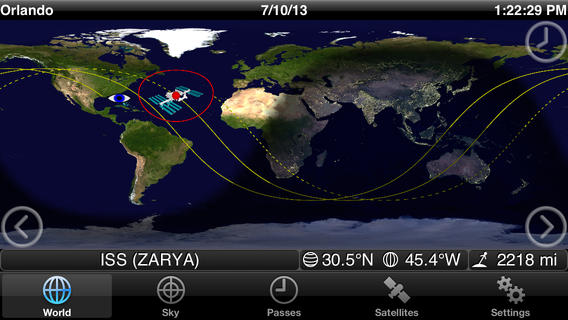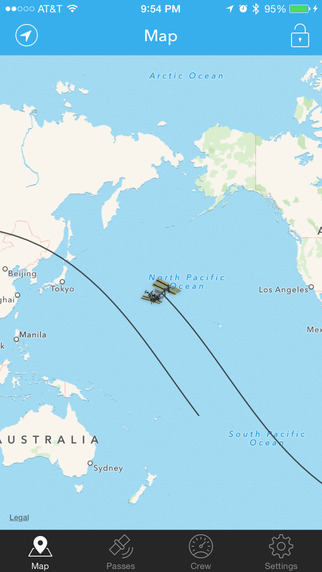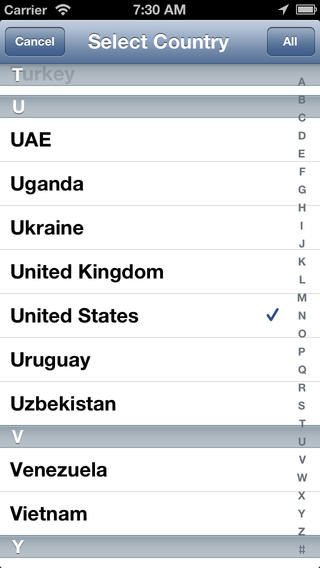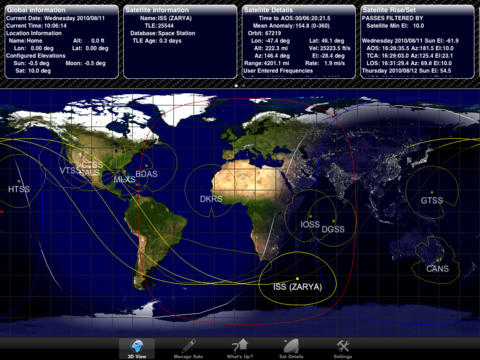The International Space Station will be visible every evening beginning February 7 for a few weeks before it stops passing over during ideal hours of visibility. We have here a few apps that will enable you to stay informed about ISS’ next arrival over UK skies for your chance to look at it.
ISS passes over the UK skies every day as it orbits the Earth 15 times every day. Viewing the space station could be a tricky affair because of its orbiting times, so if you miss it one day you can always watch it the next day.
According to NASA, the Space Station is the third brightest object in the sky, and for first time watchers it may seem like a fast-moving plane. You will then realise that it doesn’t have any flashing lights. If you are looking during the night, it may initially be mistaken for a very bright star until you spot how fast it’s moving.
GoISSWatch – International Space Station Tracking by GoSoftWorks is one of the most accurate ISS tracker we have come across. The interface isn’t fancy and top-of-the-line, but it is intuitive and easy to use and does the job perfectly.
The app utilises the compass in your iPhone to help you know exactly which way to face to spot the ISS passing over head and will also notify you five minutes ahead of each passing so that you don’t miss it.
Next up is the ISS Finder by Harry Works that features a much more refined design as compared to GoISSWatch. It enables you to see the ISS in the night sky. ISS Finder shows you the upcoming visible passes with details like the altitude and direction, and let’s you decide which ones to get alerts for. ISS Finder also keeps you up to date with information about current and future crews.
One great thing about the app is that it provides star ratings based on which you can determine which date and time offers the best visibility of the ISS.
ISS FlyOver By Soundscape Software is another ISS tracker that provides you with information on when and where to look for the space station. The app doesn’t pack a whole lot of detailed info but it does tell you date and time of upcoming sightings, how far off in days, hours, minutes, which direction to start looking (North South East West), how high in the sky to look (Elevation in degrees), and how long the ISS will stay visible (Duration in minutes).
Finally, if you are in possession of an iPad, we suggest you go for ISSHD By Craig Vosburgh as the app has been reworked for larger screen. There are two modes for satellite rise/set calculations. The first is for those folks wanting to know all overflights for a given location (like Ham radio operators) while the second mode computes only those passes where the satellite would be visible to a ground observer. In the ground observer mode, the calculations not only take into account that the ground is dark but also that the satellite is in sunlight (it even takes into account if the satellite becomes lit or unlit during the pass).
In addition, you can see the Earth rendered either as a 3D globe or a 2D map using photo realistic texture maps for the Earth model. The orientation of the map is easily changed by a simple rotation of the device from portrait (3D) to landscape (2D).
If you don’t fancy using an app, we recommend you head onto NASA’s dedicated website that lets you sign up for email alerts or text messages when the ISS is going to fly overhead, and also offers some advice about how to spot it in the sky.




